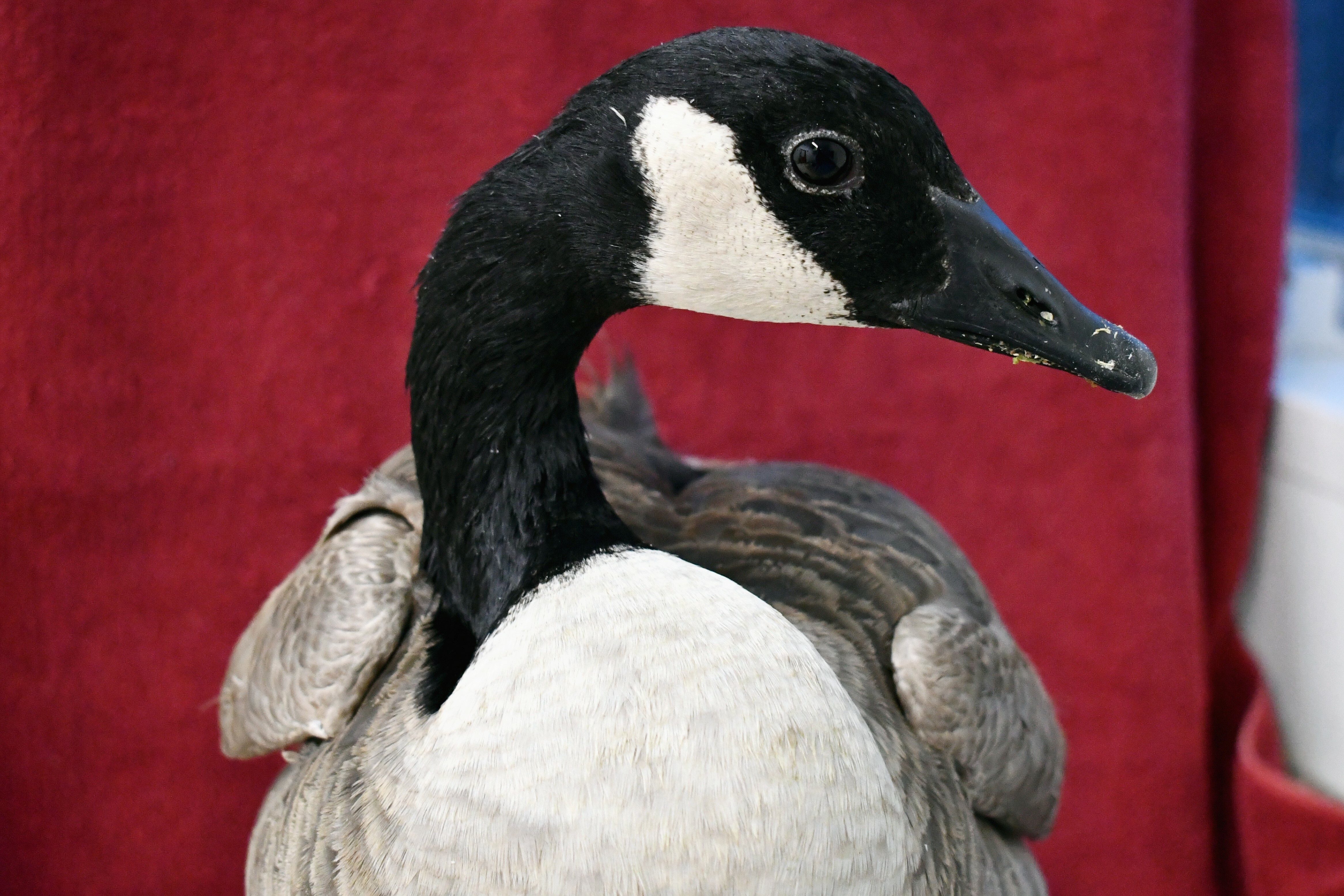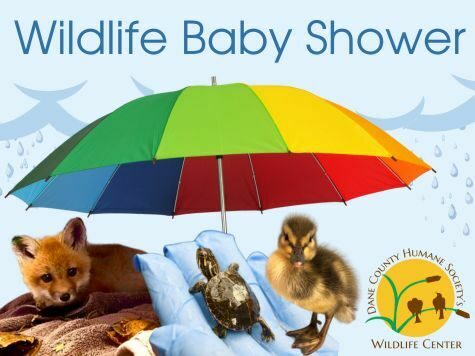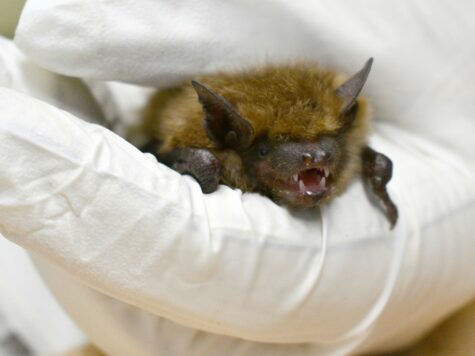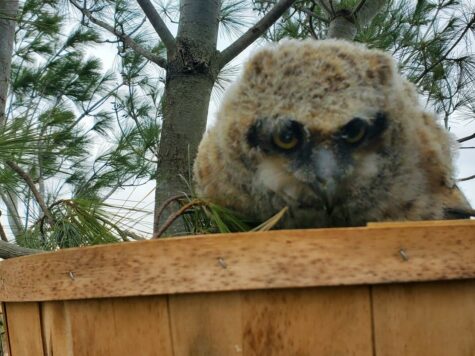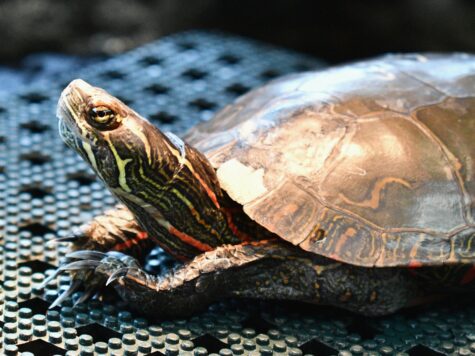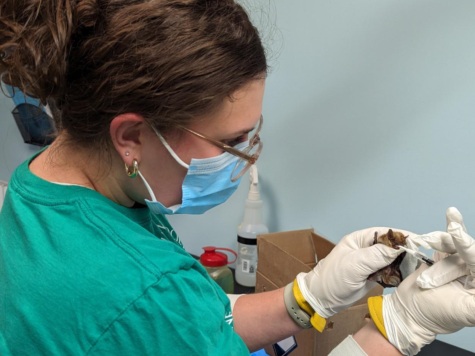This is the tale of a Canada goose that was found in a soccer field in Middleton, Wisconsin and had been alone for many days after its flock had migrated. We received numerous calls from different neighborhood residents who were concerned with frigid temperatures coming—this goose clearly had an entire community of support behind it!
Residents provided food for the goose while waiting for a good rescue opportunity. Just before the low temperatures rolled in, a Madison Public Health & Dane County Animal Services Officer was able to capture this bird.
A person put up a sign to make sure all the concerned residents would know the goose was safely caught and brought to DCHS’s Wildlife Center for care.

We quickly found out that this goose was a sassy one, because of its unique choice of places to spend time in our waterfowl room. Even though we do not name our patients, it earned a silly nickname… our staff began calling it “the garbage goose” on account of landing in the wrong spot after its first night in care.
This bird also enjoys taking the high ground and looking out the windows in our waterfowl room. No one can keep this goose down (pun intended)!
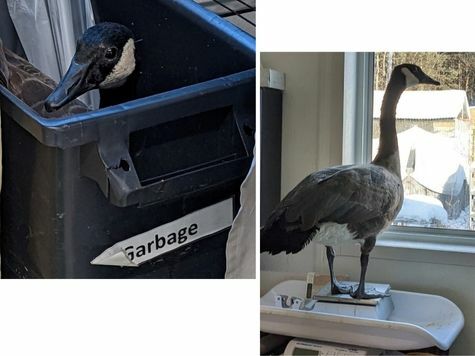
At first, all we could find on a physical exam was some moderate dehydration. That would not account for the goose not flying, and we knew there was more to this case. When X-rays were taken, we could see a piece of the humerus bone, a portion called the deltoid crest, had been fractured on the right wing. It seems likely that this goose was not flying because of this fracture, and it had begun to heal in the days since the injury first occurred.
We can now give it the time it needs to heal completely and test its flight in a few weeks. In the meantime, it is part of our menagerie of birds including this goose, one trumpeter swan, and one American white pelican.
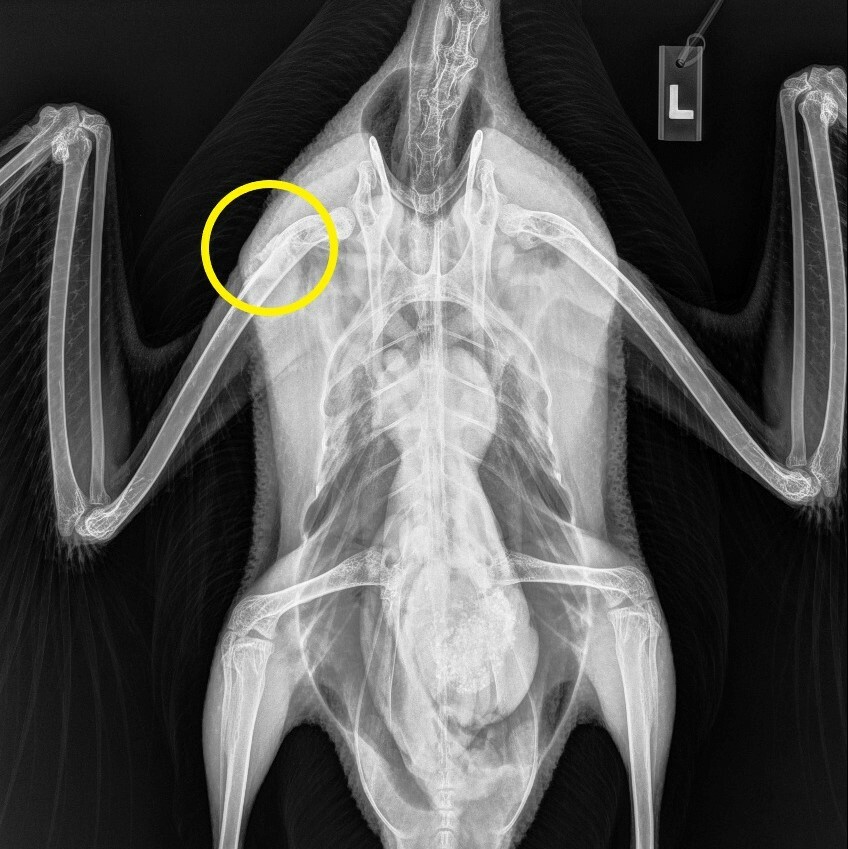
Sarah Karls is a Senior Licensed Wildlife Rehabilitator
The most recent Wisconsin population estimate of Canada geese was conducted in 2021 and approximated 180,340 individual birds. That’s a lot of birds! Statistics like this come from active Wisconsin Wildlife Reports that are regularly conducted by the Wisconsin Department of Natural Resources.
